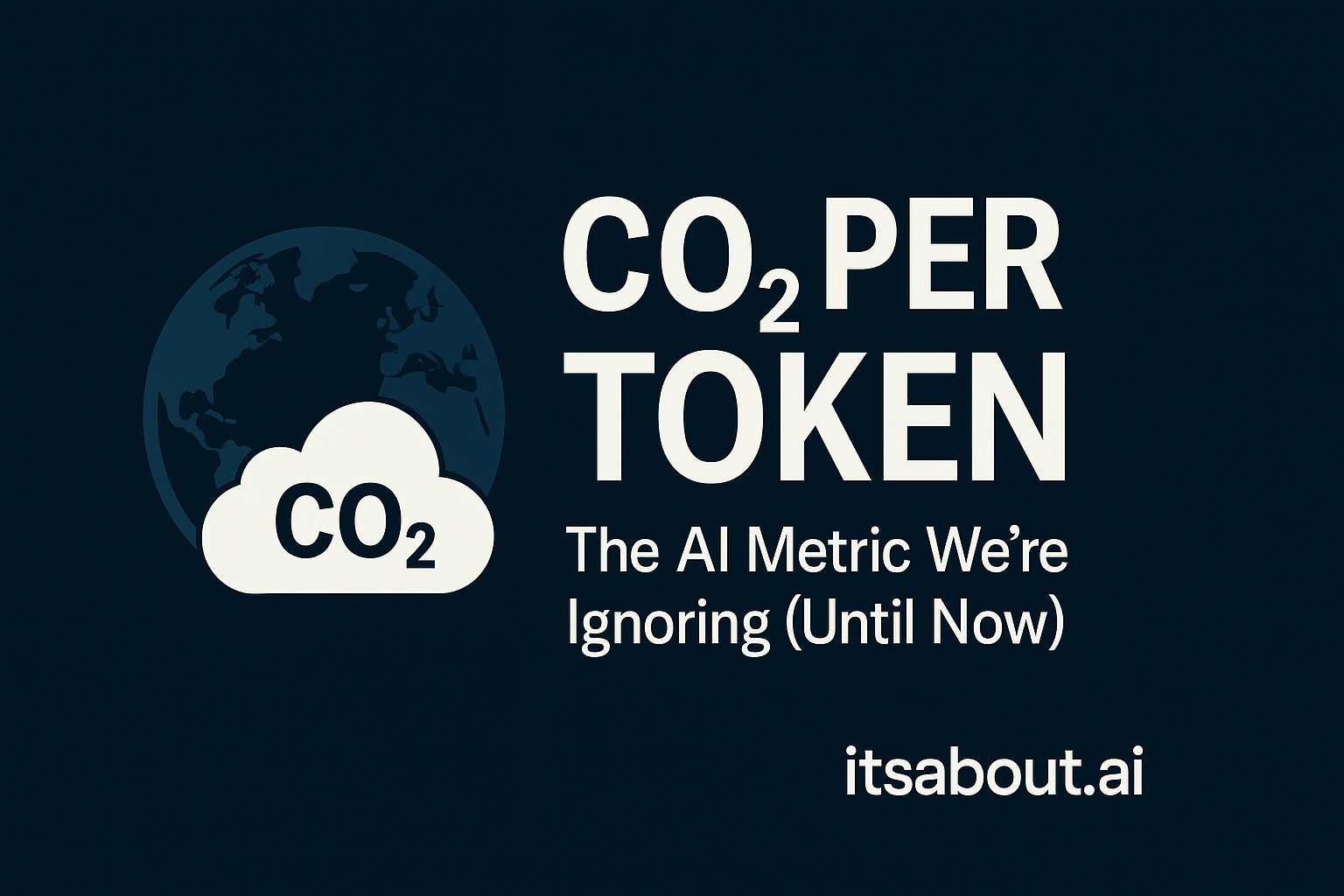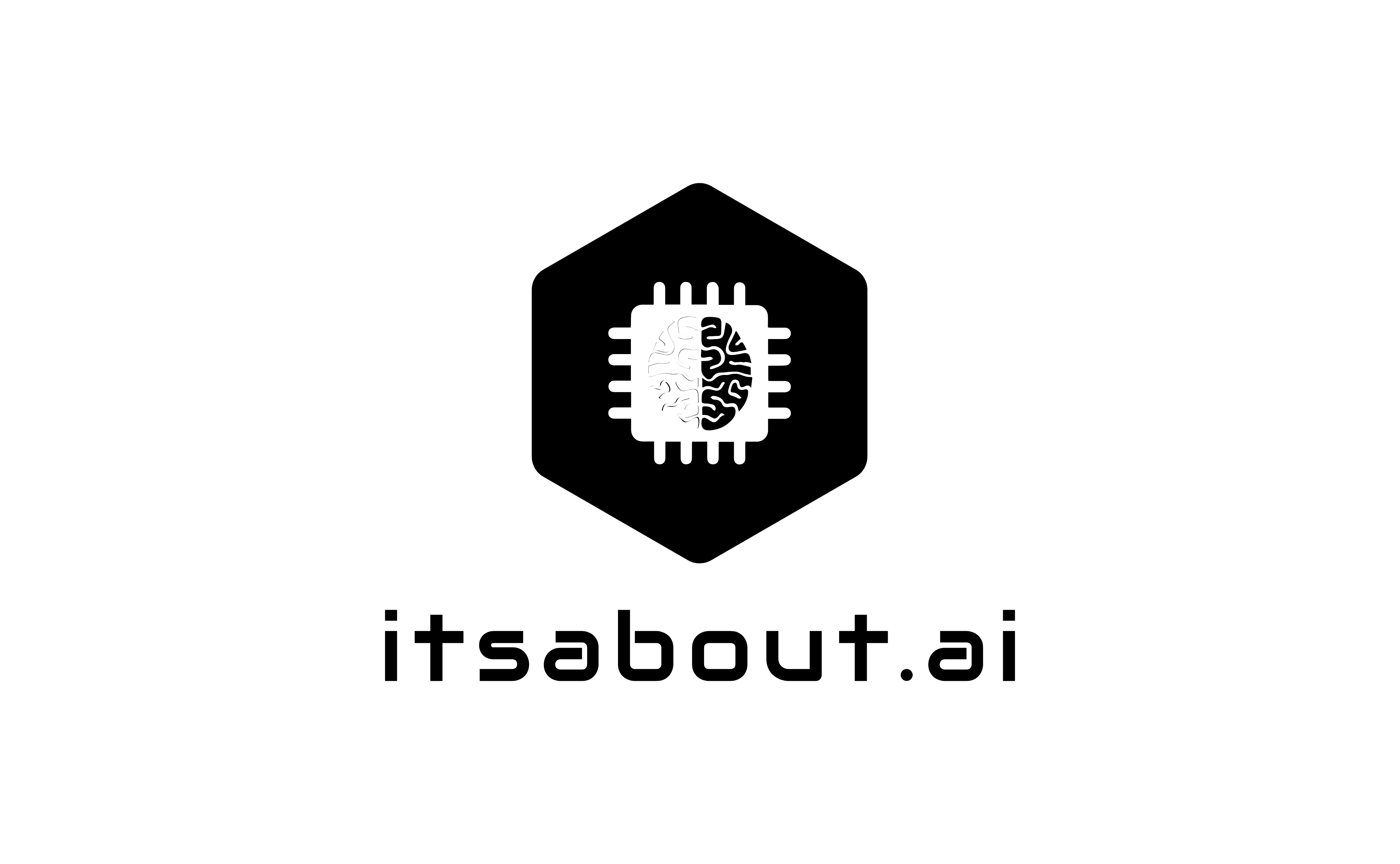CO₂ Per Token: The AI Metric We’ve Been Ignoring (Until Now)

Why the world needs to think beyond speed and cost
The Blind Spot in AI’s Big Moment
The UK government recently announced new plans for AI infrastructure. Other countries are doing the same, working urgently to build bigger data centers, expand AI capacity, and secure Sovereign and Confidential AI capabilities.
Whenever these announcements happen, the conversation focuses on the same performance metrics:
- Time to Token: How fast AI generates output
- Cost per Token: How cheap it is to run those workloads
These are useful, but they are not complete. Because almost nobody is talking about the one metric that may matter just as much:
CO₂ per token.
AI accelerators are getting incredibly fast, which feels like progress, but they are also consuming far more power than ever before. We keep celebrating speed without asking about the environmental cost.
This is the blind spot we need to address.
AI Infrastructure Is Growing at an Unprecedented Pace
AI is no longer a technology trend. It is becoming national infrastructure. Countries are now competing on:
- How much AI compute they can build
- How secure and sovereign their AI models are
- How they protect data and workloads
- How quickly they can scale training and inference
But in the middle of all this progress sits a reality that rarely gets mentioned:
As AI infrastructure grows, energy consumption increases dramatically. Modern AI accelerators require more:
- Power
- Cooling
- Electricity per rack
- Total site energy
And this is only the beginning.
Time to Token and Cost per Token Don’t Tell the Full Story
Today, AI performance is measured using two familiar metrics.
- Time to Token : How quickly a chip can generate tokens.
- Cost per Token: How inexpensive it is to operate the workload.
Both are important, but they share one major flaw:
They ignore environmental impact completely.
A token generated in a data center powered by hydroelectricity is not the same as a token generated on a coal-backed grid during peak load. Yet right now both tokens are treated as identical, this is a problem waiting to become a crisis.
Introducing CO₂ Per Token
Here is the simple idea behind this metric:
CO₂ per token = The carbon emitted to produce one AI token.
Once you start looking at AI in these terms, everything changes.
Performance becomes about responsible speed, not just raw speed, A chip that produces tokens quickly but consumes huge amounts of power may appear:
- Fast
- Cheap
- Efficient on paper
But in reality it may generate far more carbon per token than a slower or smaller accelerator.
It highlights the true impact of AI scaling
Demand for AI inference is growing faster than any previous computing wave. Larger models and longer context windows mean billions of tokens will be generated per day. If we do not measure CO₂ per token now, we will lose visibility later.
It gives governments a practical, measurable sustainability metric
If you can measure it, you can regulate it. Governments will soon need AI infrastructure to:
- Report emissions
- Stay within carbon budgets
- Prefer workloads in greener zones
CO₂ per token becomes the anchor metric for sustainability policy.
The Paradox: Faster Hardware, Higher Emissions
Here is the uncomfortable truth:
AI accelerators are becoming incredibly fast, but also incredibly power hungry. Look at how things have evolved:
- 300W accelerators
- 600W accelerators
- 1000W and higher
- Servers drawing 30 to 40kW
- Racks drawing over 200kW, NVIDIA announced 600kW earlier this year
Performance improves, time to token drops, cost per token looks better, but the total carbon cost per token can actually become worse. This leads to the key question:
If performance doubles but power consumption triples, have we truly made progress?
Why CO₂ Per Token Will Become a Standard Metric
Here is how the industry will change once this metric becomes part of everyday reporting.
AI vendors will compete on carbon efficiency as well as performance, future product launches will highlight:
- CO₂ per million tokens
- Green compute curves
- Carbon efficient throughput
This shifts buying decisions toward responsible acceleration.
Cloud regions will differentiate on carbon, not just latency or price, tokens will carry an origin story:
- Hydro powered
- Solar backed
- Nuclear trained
- Bio-powered
Sustainability becomes part of the SLA.
Enterprise AI strategy will include carbon impact as part of TCO, boards will have to ask:
- How fast
- How much
- How sustainable
Carbon efficiency becomes part of ROI.
AI workloads will automatically route to greener regions, inference engines will use carbon aware routing:
- Checking real time grid carbon intensity
- Moving workloads to greener zones
- Reducing emissions without human intervention
Tokens follow the greenest path.
Sovereign and Confidential AI will include carbon boundaries, just as data must remain within a region, carbon may be regulated locally too. Sustainability becomes part of sovereignty.
The Token Triangle

Looking Ahead — The Rise of Carbon Aware AI
Over the next few years we will see:
- AI models with carbon labels
- Workloads routed based on renewable availability
- Data centers designed around energy sovereignty
- CO₂ per token included in government AI requirements
- Cloud routing based on carbon intensity
This is not a trend. It is the direction the industry must follow.
Why This Matters Now
AI infrastructure is advancing at incredible speed. But we cannot afford to measure success using only two thirds of the picture. We track performance, we track cost, but carbon is the missing metric that affects every person, every country, and every future workload.
⚡Time to token tells us how fast.
💰Cost per token tells us how affordable.
🌍CO₂ per token tells us how sustainable.
This is the metric that will guide the next era of AI infrastructure. And it is time we start talking about it now.
